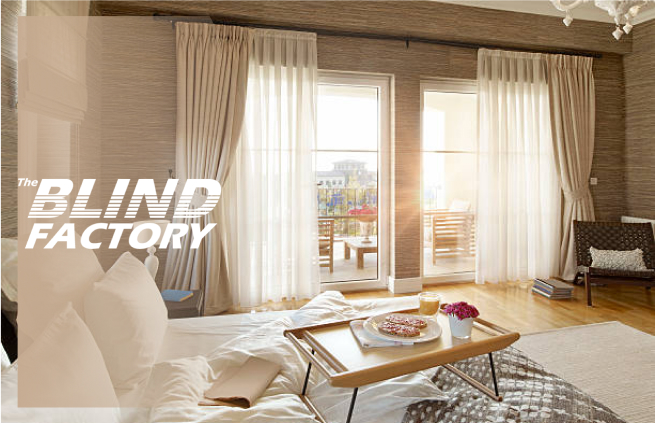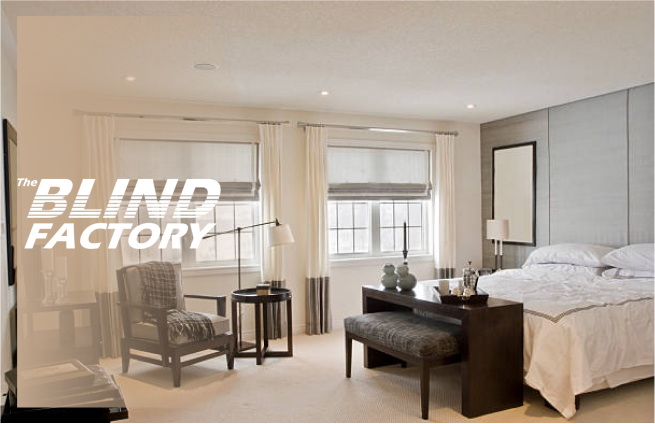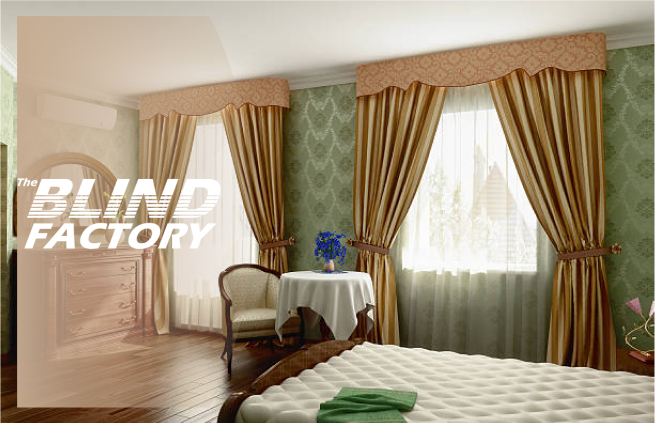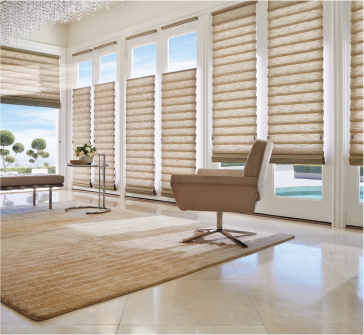Knowing how to style your windows is an underrated part of home decoration. Layering is something that has been an uptick in homes, specifically layering with draperies. Along with advancing the interior aesthetics of your home, it also has many other benefits, such as light control, privacy, and energy efficiency.

Why Layering Matters
Layering drapes with shades, blinds, or valances is a stylish way to elevate your windows’ look and functionality. This design technique adds depth and texture and improves light control, privacy, and energy efficiency.
Aesthetics and Textures
Layering window treatments can change the look and feel of a room by combining different textures, colors, and patterns.
Drapes add softness and glamor, while shades, blinds, or valances add structure and depth. The result is a polished look that matches your interior design.
Light Control and Privacy
Layering gives you more control over light and privacy. For example, sheer shades can soften natural light; heavier drapes can be blacked out when needed.
You can adjust your window treatments for maximum comfort and control throughout the day.
Energy Efficiency
Multiple layers of window treatments act as an extra layer of insulation. The impact of window treatments on energy efficiency is undeniable.
In the winter, heavier drapes can insulate windows, and in the summer, shades or blinds can trap heat and reduce the need for extra heating or cooling. This extra insulation equals comfort and energy savings.
Picking Out Your Combination
In modern interiors, sleek roller shades paired with minimalist drapes offer a clean, streamlined look. For traditional spaces, combining ornate valances with rich, heavy drapes brings a sense of grandeur.
Transitional styles can blend both approaches, using textured blinds with flowing, neutral-toned drapes for a timeless, adaptable appearance.
When choosing a combination, think about the room and its purpose. Bedrooms need blackout shades for better sleep and privacy, paired with decorative drapes for softness while living rooms might have light-filtering shades and drapes for a warm glow.

Drapes with Shades
Shades provide a functional, streamlined base layer in roller shades, Roman shades, and cellular shades.
When you add drapes, the combination softens the shape of the shades and adds insulation and design.
When draping over shades, choose complementary or opposite colors. For example, neutral blackout roller shades with sheer drapes in a lightweight fabric for the balance of privacy and natural light.
This works for bedrooms and living rooms where function and style are key.

Drapes with Blinds
Blinds, whether wood, faux wood, or aluminum, offer precise light control and a clean line. When layered with drapes, the blinds provide function, and the drapes add warmth and style.
Solid blinds with patterned drapes for visual interest or neutral blinds with bold, textured drapes to make a statement. This works for living rooms or dining rooms where flexibility in light and design is important.

Drapes with Valances
When layered with drapes, valances create a finished, designer look and hide curtain rods or shade mechanisms for a clean line.
Choose a valance that matches the fabric or pattern of the drapes but doesn’t compete with it. Light valances with bold drapes, bold valances with light drapes. This works for formal spaces like dining rooms or foyers where you want to make a big statement but look polished.
Layering Drapes Tips
Layering drapes with other window treatments requires attention to detail in fabric, pattern, and installation. Here are some practical tips to get your layered look right.
Choosing Complementary Fabrics and Textures
When layering drapes, you need to choose fabrics and textures that work together. For example, heavy velvet drapes with light linen shades look great.
If you’re layering two fabrics of similar weight, like silk and cotton, make sure they match in color or pattern so they don’t clash.
Balancing Bold Patterns with Neutral Tones
If you want to use bold patterns, balance them with neutral tones so the space doesn’t get overwhelmed.
For example, if you’re using patterned drapes, use solid neutral shades or blinds to keep the overall look cohesive.
If your shades or blinds are patterned, use drapes in a solid color that matches them to keep the look balanced.
Proper Installation and Spacing for Seamless Layering
Install the drapery rod higher than the window frame to make the room feel taller and for the drapes to pool on the floor.
When layering with shades or blinds, make sure there’s enough space between each layer so they can function independently without obstruction. This way, they can operate smoothly and still look layered.
Mastering the Art of Layered Window Treatments
Combining drapes with shades, blinds, or valances allows you to create a tailored look that suits your style while improving light control, privacy, and energy efficiency.
Thoughtful fabric choices, pattern balance, and proper installation will make your layered treatments look flawless.

